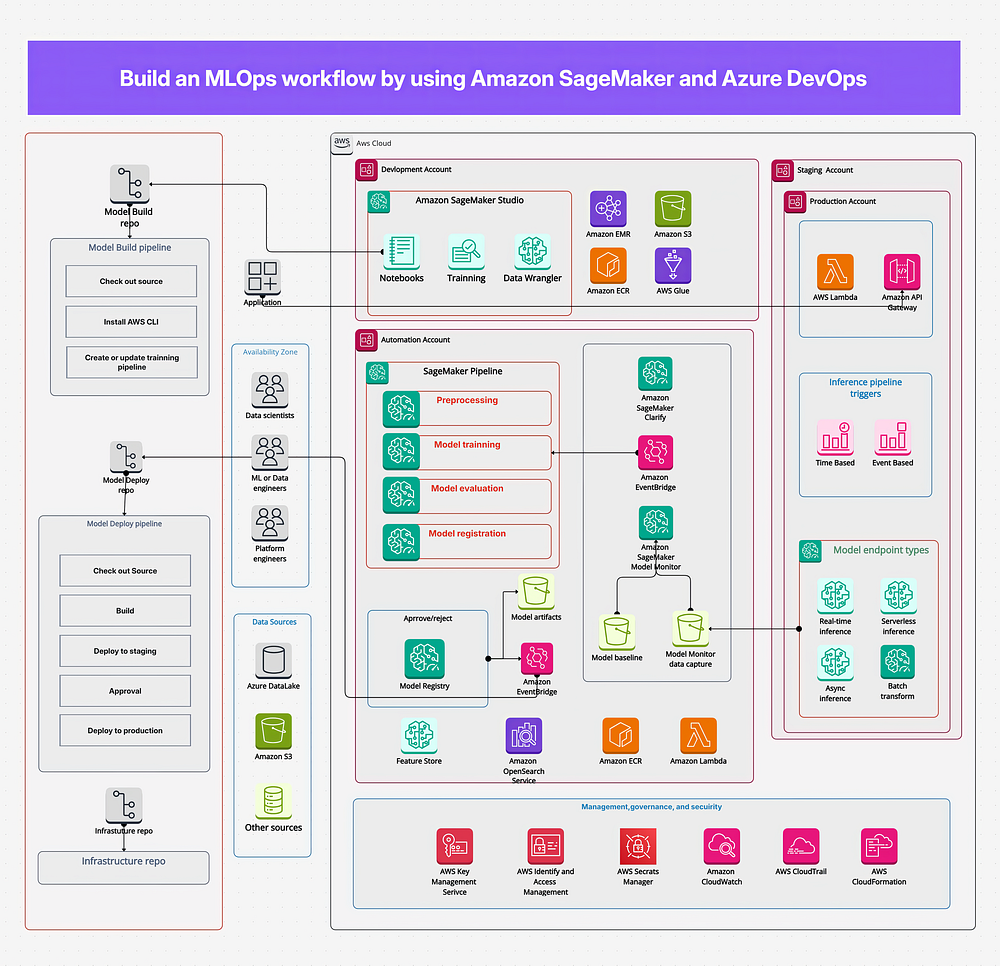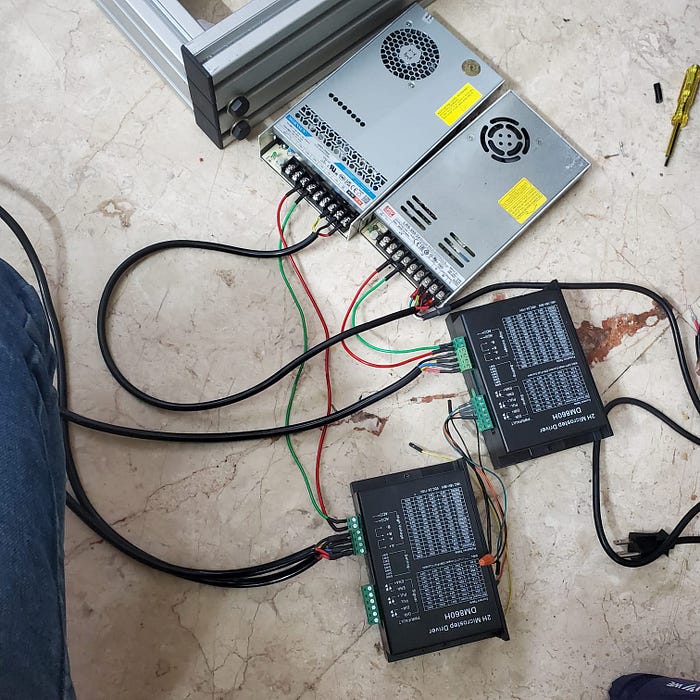Introduction to Revenge Porn and the Law
The law against revenge porn, also known as non-consensual intimate imagery (NCII), is set to take effect in about a year. However, victims of revenge porn are likely to find the law wearisome, as it will not be widely enforced immediately, and any existing content will continue to spread online. Moreover, once the law is in effect, victims will still be responsible for policing their own revenge porn online.
Challenges with the Law
The law provides a 48-hour window for platforms to remove NCII, which may not be sufficient to prevent the content from being downloaded and reposted on unmonitored platforms. This leaves victims vulnerable and frustrated, as they will have to continually monitor and report the content. Some victims are already exhausted from fighting this fight, and the new law may not provide the relief they need.
Victims’ Experiences
One victim, Sabrina Javellana, spent months reporting harmful content on various platforms, but it didn’t stop the fake images from spreading. According to Joe Morelle, a Democratic US representative, "these images live forever." Javellana herself said, "It just never ends. I just have to accept it." This highlights the emotional toll that revenge porn can take on victims and the need for effective solutions to address the issue.
Criticisms of the Law
Andrea Powell, director of Alecto AI, an app that helps victims remove NCII online, warned that requiring victims to track down their own imagery and submit multiple claims across different platforms can increase their sense of isolation, shame, and fear. While the Take It Down Act seems flawed, it may still serve as a deterrent for bad actors and spark a culture shift by making it clear that posting AI-generated NCII is harmful.
The Potential Impact of the Law
Passing a federal law imposing penalties for allowing deepfake porn posts could be a step in the right direction. Victims have long suggested that consistency is key to keeping revenge porn offline, and the Take It Down Act offers a moderately delayed delete button on every major platform. Although it’s unclear whether the law will effectively reduce the spread of NCII online, it will likely make it easier for victims to report the content.
Conclusion
The Take It Down Act is a complex issue, and its effectiveness in reducing the spread of revenge porn online remains to be seen. While it provides a framework for victims to report and remove NCII, it also places a significant burden on them to continually monitor and report the content. Ultimately, the success of the law will depend on its implementation and the ability of platforms to remove NCII within the 48-hour window.
FAQs
- What is revenge porn, and how does it affect victims?
Revenge porn, also known as non-consensual intimate imagery (NCII), refers to the distribution of intimate images or videos without the consent of the person depicted. It can cause significant emotional distress, shame, and fear for victims. - How does the Take It Down Act aim to address revenge porn?
The Take It Down Act provides a framework for victims to report and remove NCII from online platforms. It requires platforms to remove the content within 48 hours of receiving a report. - What are the criticisms of the Take It Down Act?
Critics argue that the law places a significant burden on victims to continually monitor and report NCII, and that the 48-hour window may not be sufficient to prevent the content from being downloaded and reposted. - How can I report revenge porn if I’m a victim?
If you’re a victim of revenge porn, you can report the content to the platform where it’s hosted. You can also use apps like Alecto AI, which can help you remove NCII from online platforms.











